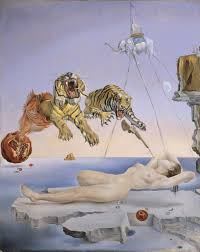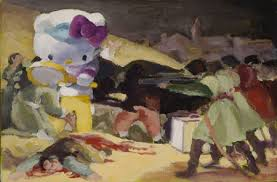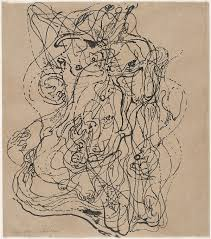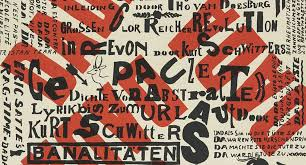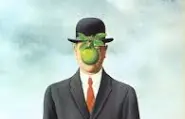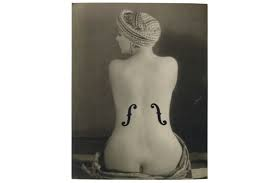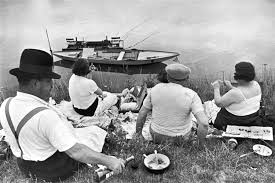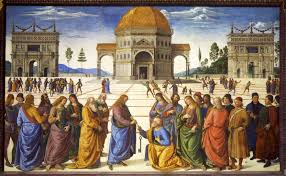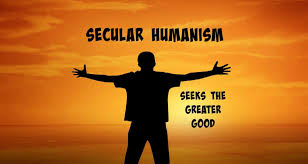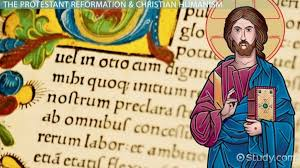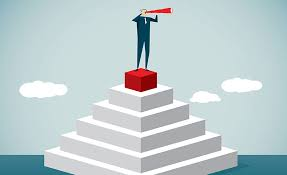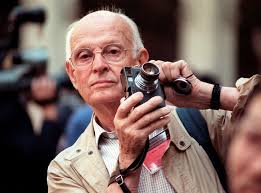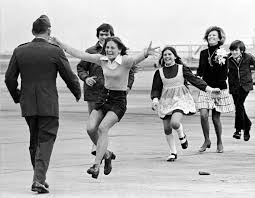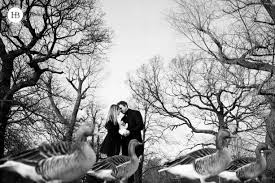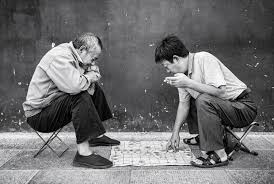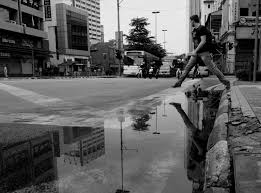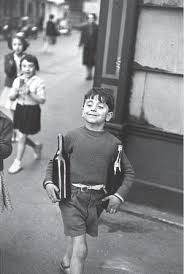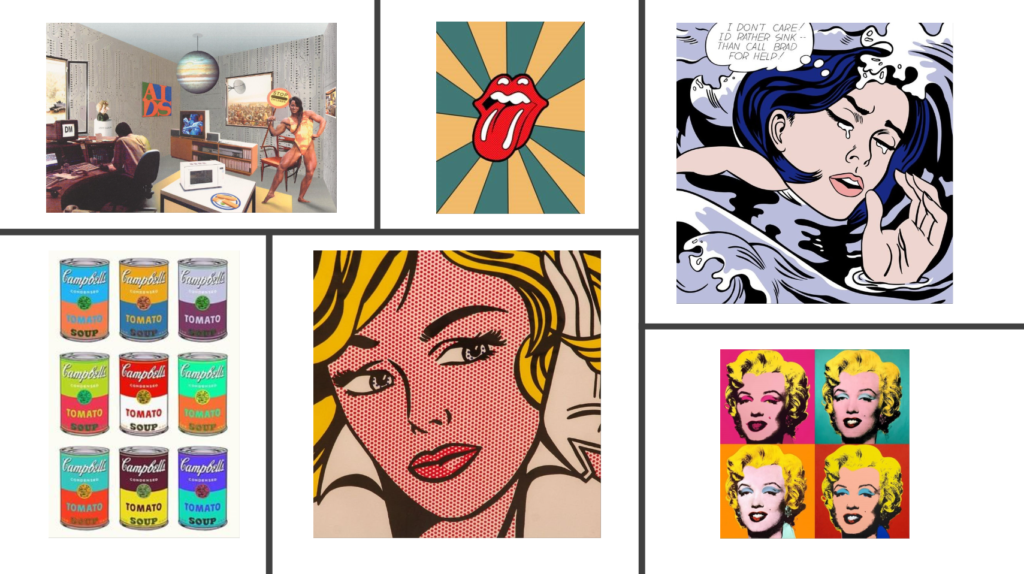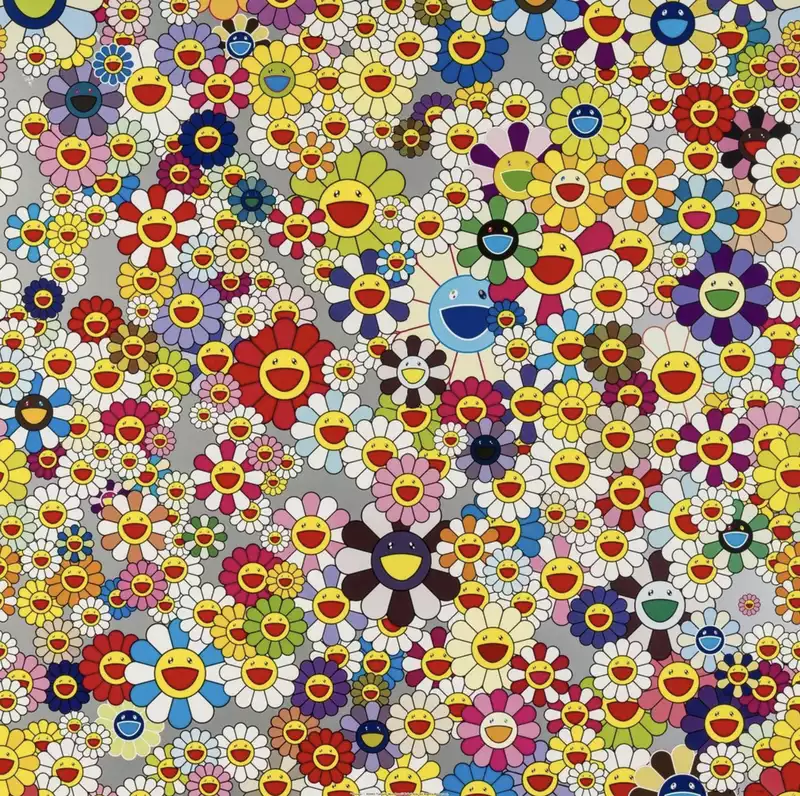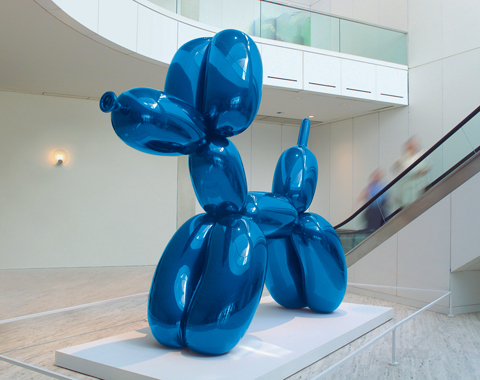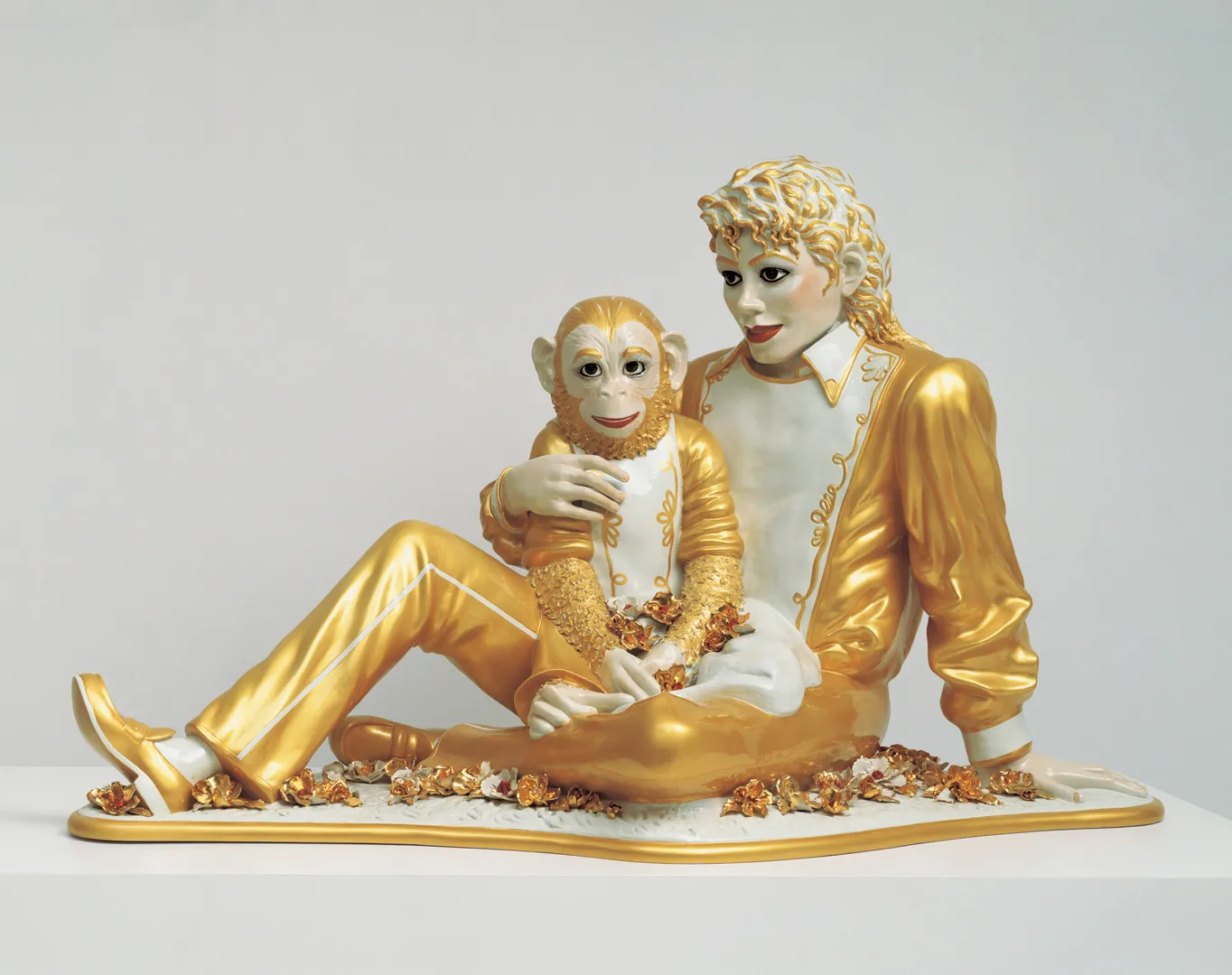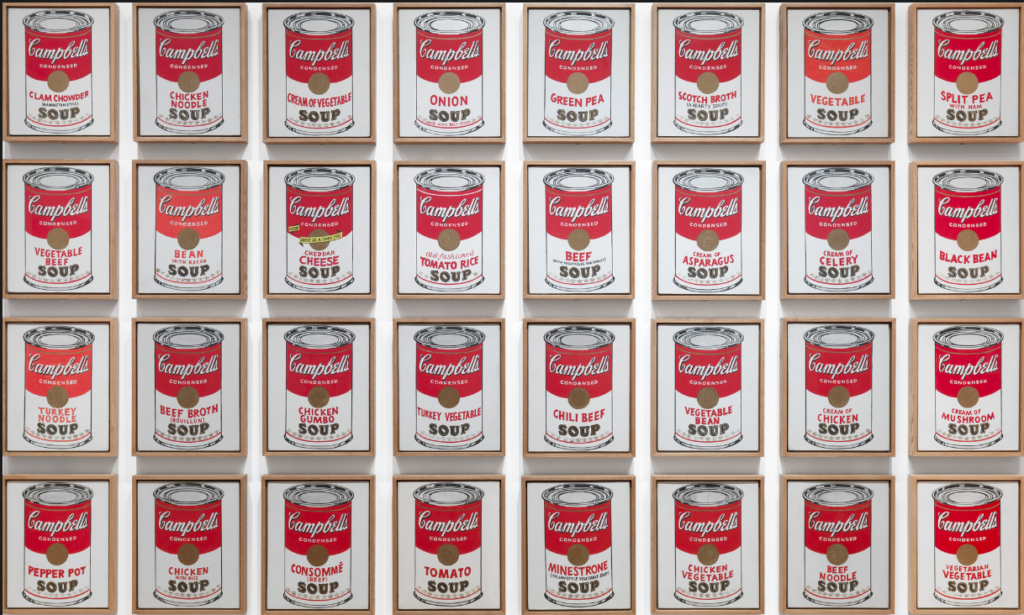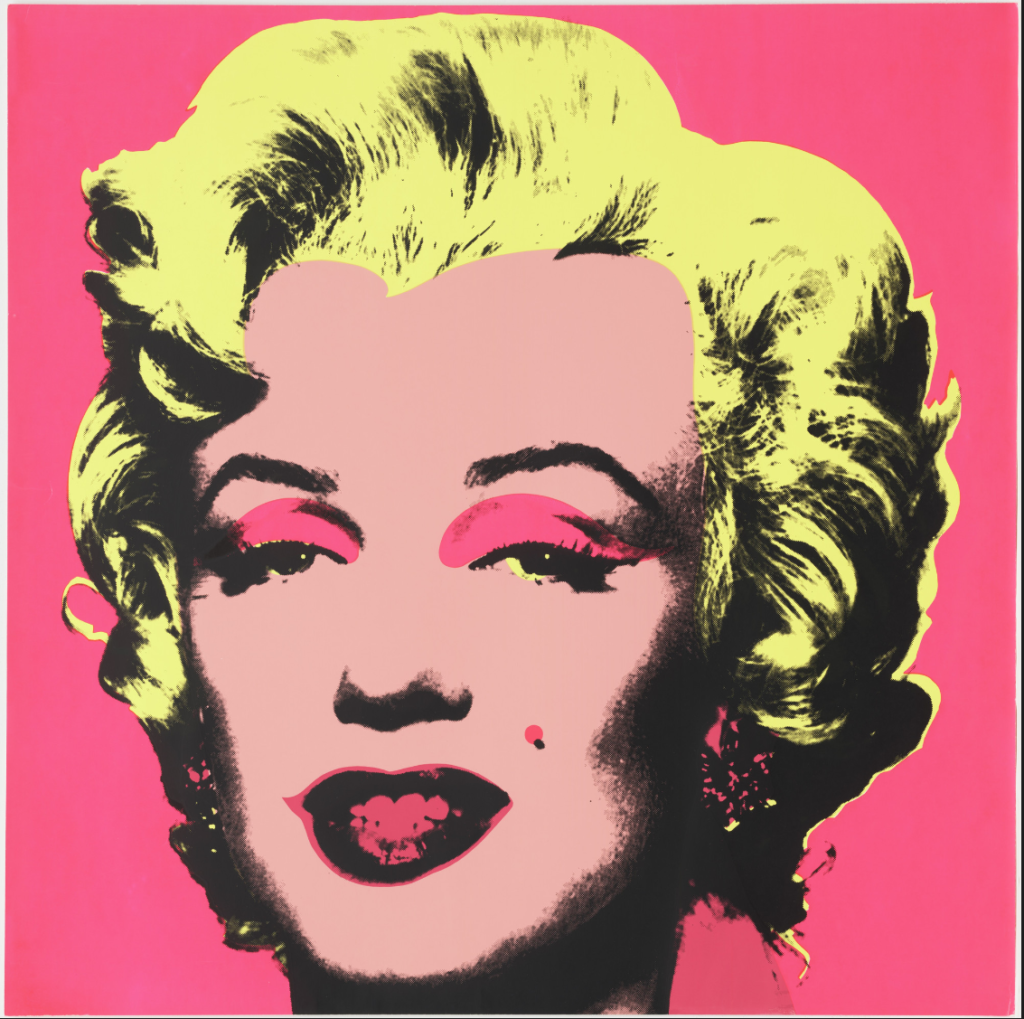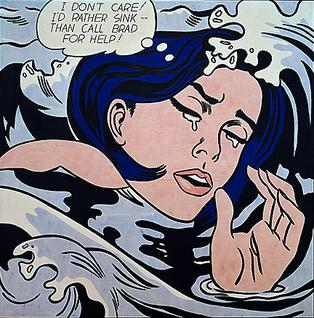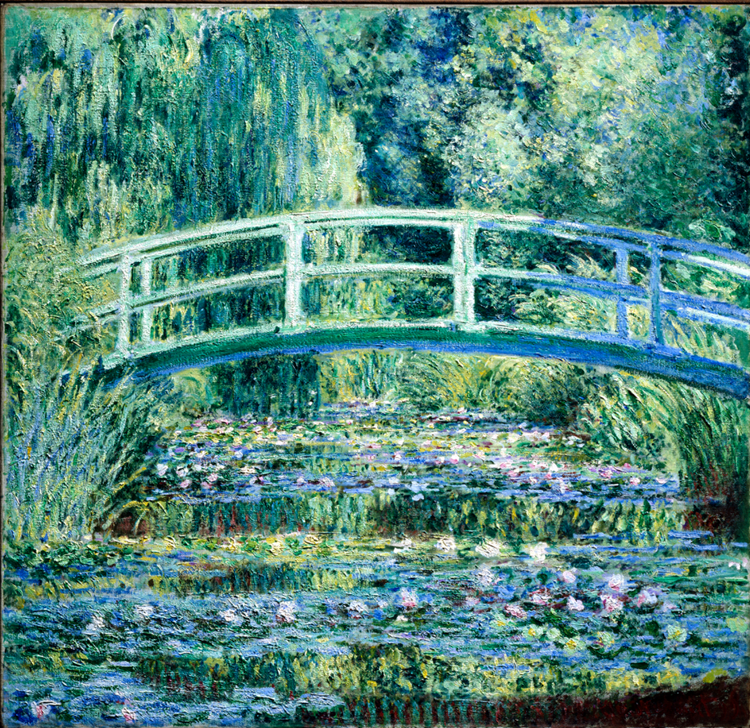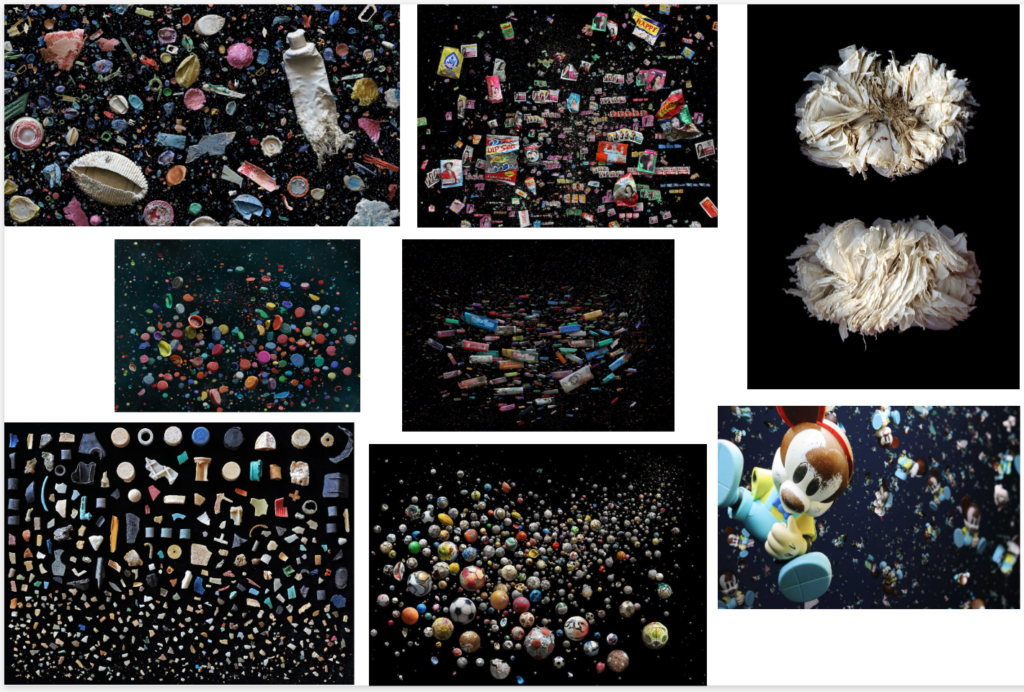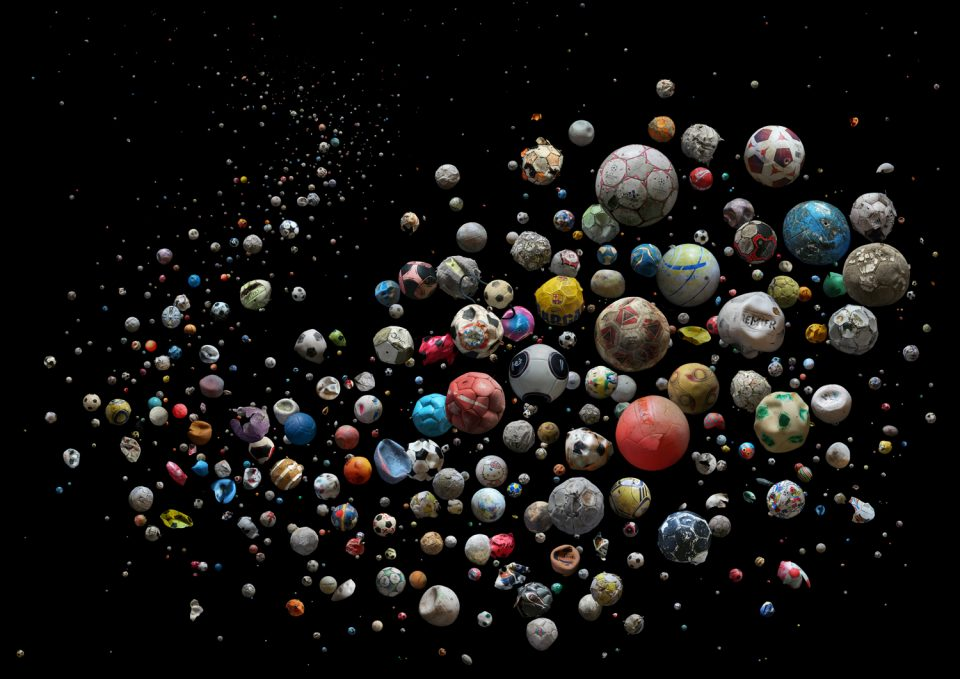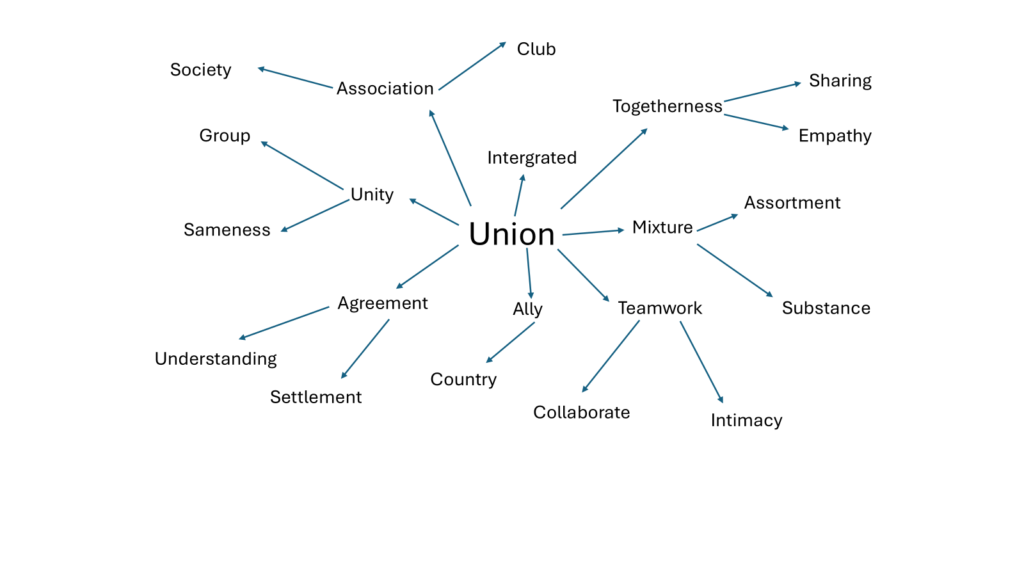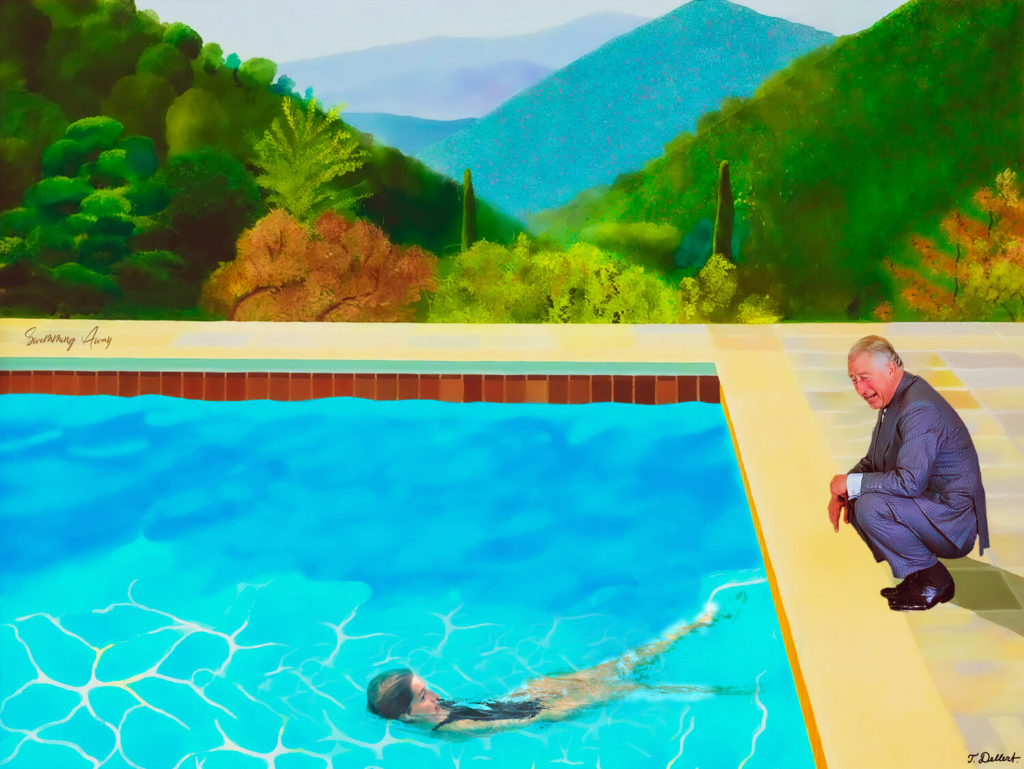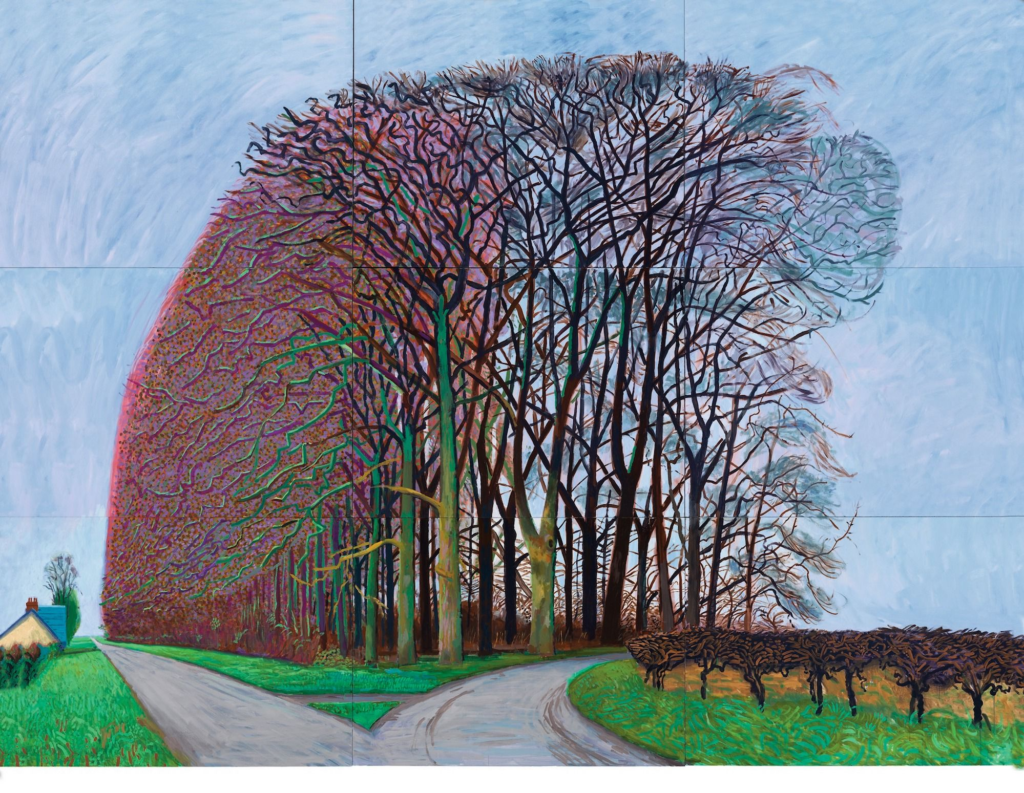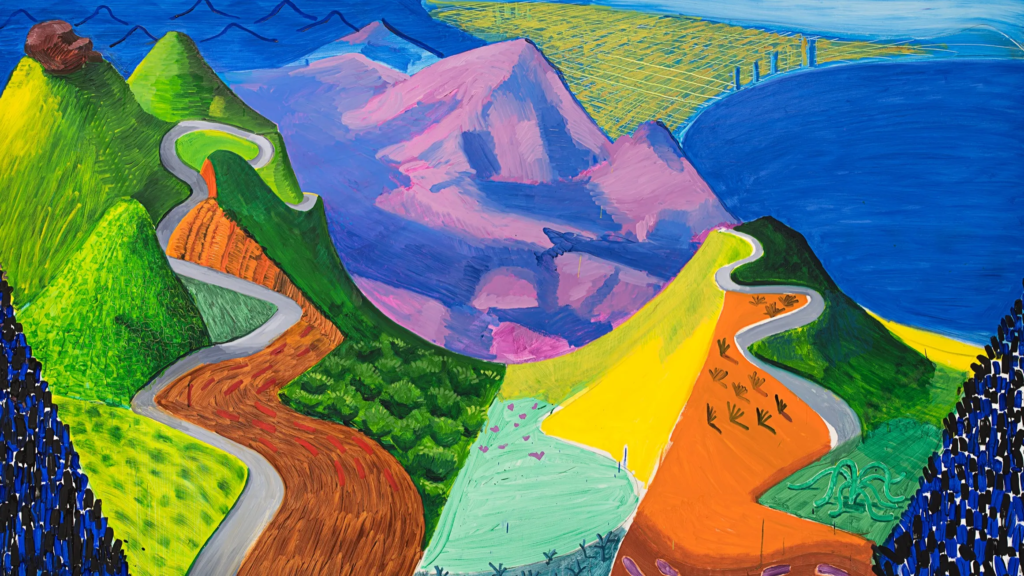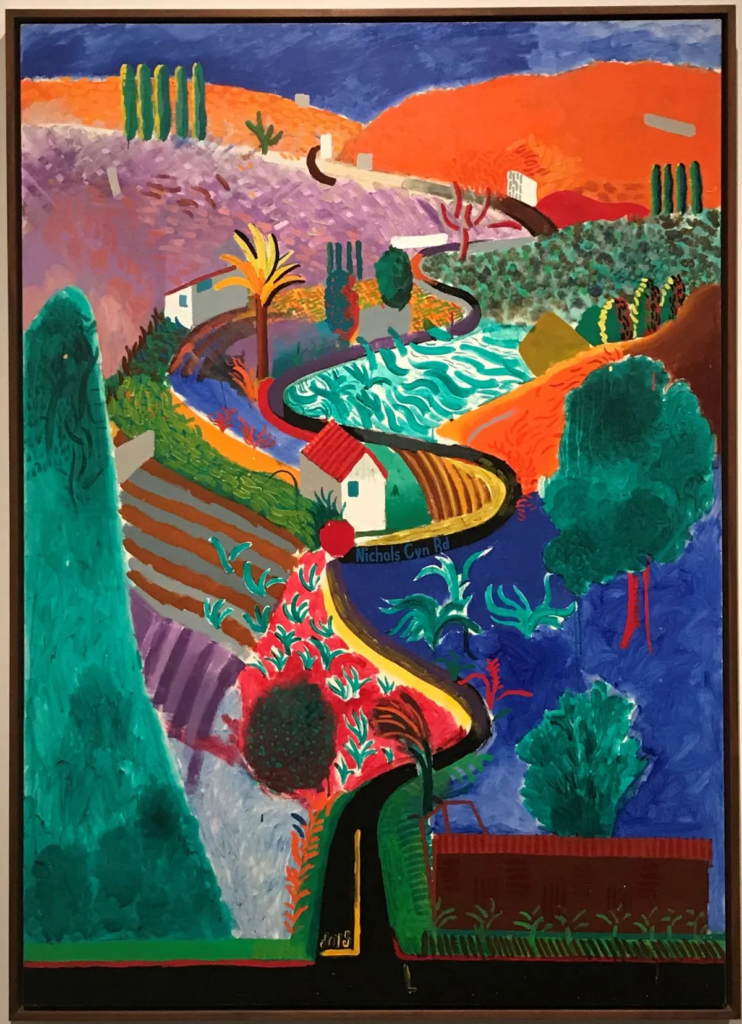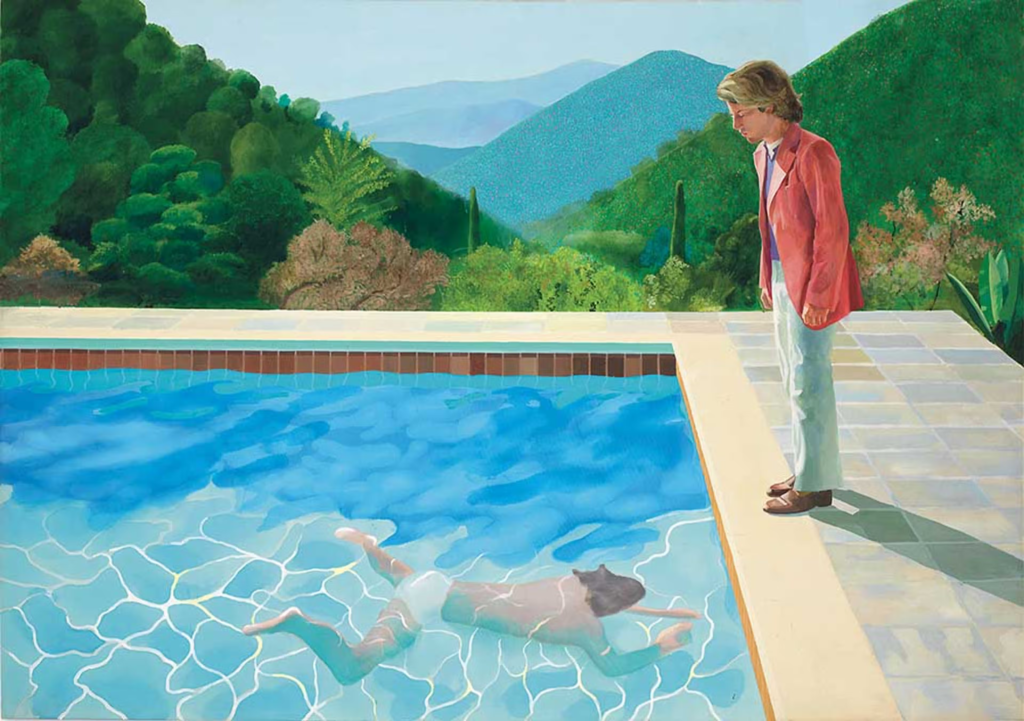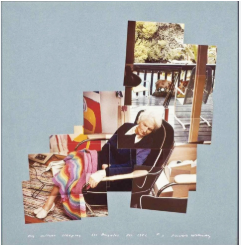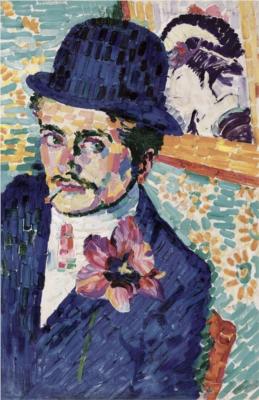Pictorialism
What is Pictorialism?
Pictorialism was an artistic movement in photography that emerged in the late 19th century and flourished into the early 20th century. It was a reaction against the growing technical focus of photography, particularly with the rise of Kodak’s mass-market cameras, which made photography more accessible and mechanical. Pictorialism, in contrast, emphasized the idea that photography could be a fine art, comparable to painting or drawing.
What are the key elements?
Artistic Expression Over Technical Accuracy:

Pictorialists sought to move beyond the purely technical and documentary aspects of photography. They believed that photography should be an expression of artistic vision rather than just an accurate reproduction of reality. They often manipulated the image to create an emotional or aesthetic effect, mimicking the qualities of painting, such as soft focus, rich textures, and tonal effects.
Soft Focus and Painterly Effects:

One of the hallmarks of Pictorialist photography was the use of soft focus. Photographers would often intentionally blur the image or use techniques like gum bichromate printing or photogravure to create a texture that resembled a painting or etching. The result was a dreamlike, ethereal quality that emphasized mood over sharp detail. The soft-focus technique was meant to emphasize mood, atmosphere, and the emotional content of the scene rather than capturing the sharp, clear details associated with documentary photography.
Emphasis on Aesthetics:
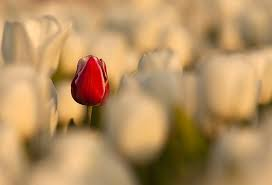
Pictorialists were heavily concerned with the aesthetic value of their work, often seeking to create images that had emotional depth and conveyed a personal artistic statement. This approach was in direct opposition to the more straightforward, realistic style of photography promoted by photographers like George Eastman (founder of Kodak) and others who focused on the technical aspects of the medium. Pictorialists often chose to depict subjects in a more idealized or romanticized way, similar to how artists approached painting.
Influence of Impressionism and Symbolism:
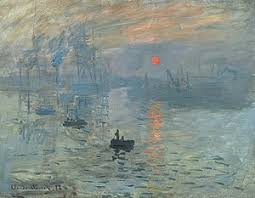
The Pictorialist movement was heavily influenced by artistic movements like Impressionism and Symbolism, both of which sought to evoke moods, feelings, and subjective experiences. Pictorialist photographers often sought to express emotion through their work, using techniques that were meant to evoke a sense of mystery, romanticism, or nostalgia. The use of light and shadow in a way that might be seen in Impressionist paintings became a hallmark of Pictorialism.
Conclusion of pictorialism
Pictorialism was an important early photographic movement that elevated photography to the status of fine art. It focused on creating mood, atmosphere, and personal expression through techniques like soft focus and manipulation of the print process. While it eventually gave way to more realistic, documentary styles of photography, Pictorialism helped establish photography as a legitimate art form and influenced generations of photographers to explore the emotional and creative potential of the medium.
Artist Reference
Alfred Stieglitz
Who Is He?

Alfred Stieglitz (1864–1946) was a pioneering American photographer, art dealer, and promoter who is widely regarded as one of the most influential figures in the history of photography. His work helped elevate photography to the status of fine art, and his efforts were key in the development of modern photography in the early 20th century. Stieglitz is often credited with helping to establish photography as a legitimate art form. At the time, photography was often seen merely as a technical or commercial pursuit, not as a form of creative expression comparable to painting or sculpture. Stieglitz worked tirelessly to change that perception and advocate for the artistic potential of photography. Pictorialism: Initially, Stieglitz was a proponent of Pictorialism, a photographic movement that emphasized the emotional, aesthetic, and artistic qualities of images over technical precision. He used soft-focus techniques, grain, and other methods to make photographs resemble paintings or prints, creating mood and texture. This helped elevate the medium as an art form.
What is the 291 gallery?
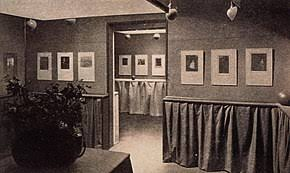
In 1905, Stieglitz opened Gallery 291 in New York, which became a significant space for exhibiting modern art, including photography, painting, and sculpture. The gallery was a pioneering venue that showcased European modernist painters (like Picasso and Matisse) as well as American artists. Stieglitz also displayed his own photographic work there. The gallery became an influential centre for avant-garde art and played a critical role in the development of modern art in America.
Conclusion of his work
Alfred Stieglitz was a visionary who played a foundational role in elevating photography to the realm of fine art. Through his work as a photographer, his founding of the Photo-Secession movement, and his gallery exhibitions, he changed the way people viewed photography and modern art. His contributions helped shape the artistic landscape of the 20th century, and his legacy continues to influence photographers and artists today.
Image analysis/focus
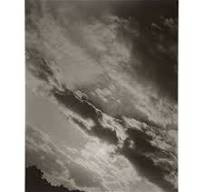
Stieglitz took a series of cloud photographs, which he referred to as “Equivalents.” These were abstract, poetic images that he viewed as visual representations of emotion, akin to musical compositions. This body of work marked a significant shift in his artistic approach, aligning him more with modernist ideals of photography.
The primary subject of the “Equivalents” series is clouds—Stieglitz photographed clouds in a way that abstracted them from their typical, literal interpretation. The images are close-up, largely devoid of recognizable details like sky or landscape, and instead focus purely on the clouds’ forms, textures, and tonal qualities. Stieglitz’s goal was to capture the emotional equivalence of a visual experience—hence the title “Equivalents.” The clouds become metaphors, intended to convey emotion, mood, or states of mind rather than depict any physical object or scene. Compositionally, these photographs often have sweeping curves and jagged, cloud-like formations that evoke a sense of movement. The use of space is essential to the abstract nature of the work. The photographs often frame the clouds against an empty background, isolating them and focusing the viewer’s attention on the cloud forms and their tonal variations. Light plays a crucial role in the “Equivalents.” Stieglitz was a master at controlling light exposure, and in these images, light is used to emphasize the texture and mood of the clouds .The photographs exhibit a wide tonal range, from deep blacks to pure whites, creating dramatic contrasts. This play of light and dark adds an emotional depth to the images, enhancing their abstraction and making them feel more like musical compositions or paintings than traditional photographs. Stieglitz described the “Equivalents” series as a way to express emotion through abstraction, much like music expresses emotion through sound without any literal representation. The use of clouds as a subject can be seen as an attempt to achieve something akin to musical equivalence in the visual world. Just as a composer might create emotional resonance through the arrangement of musical notes and rhythms, Stieglitz arranged visual elements of light, form, and tone to create an emotional experience. This parallel between music and photography was an important part of Stieglitz’s thinking. He believed that just as a musician does not depict a literal “sound” but instead creates an emotional tone, so too could photography convey emotion through its forms.
How does this link to pictorialism?
Alfred Stieglitz’s “Equivalents” series represents a departure from his earlier work as a Pictorialist photographer, yet it also carries traces of the Pictorialist influence.In the “Equivalents” series, although Stieglitz had moved toward a more modernist approach, some aspects of Pictorialism are still present. For example, the emotional resonance of the work and the focus on mood or atmosphere over objective realism still echo Pictorialist ideals. Stieglitz’s focus on the clouds’ forms and textures, the soft quality of the light, and the romantic abstraction could be seen as a continuation of Pictorialism’s emphasis on expressive aesthetics rather than strict documentary or technical precision.
How does this link to union?
Stieglitz’s “Equivalents” series, though abstract and focused on natural forms, can be seen as thematically linked to the concept of union in several ways. This connection is not immediately obvious in the literal sense, but it becomes apparent when considering the unification of emotion, nature, and the individual’s experience through the photographs. In the “Equivalents,” Stieglitz sought to capture the emotional essence of clouds, not as literal representations but as symbols of inner emotional states. The union of nature and emotion in this series is a key feature. Stieglitz felt that by photographing natural phenomena like clouds, he could evoke the emotional experiences of the human spirit, thus creating a union between the external world and the inner life.
- How to Incorporate:
- Symbolic Union: Create dream-like or idealized compositions that represent connections between nature and humanity, or between individuals in moments of tenderness, using soft focus and blurred edges to give a sense of unity.

